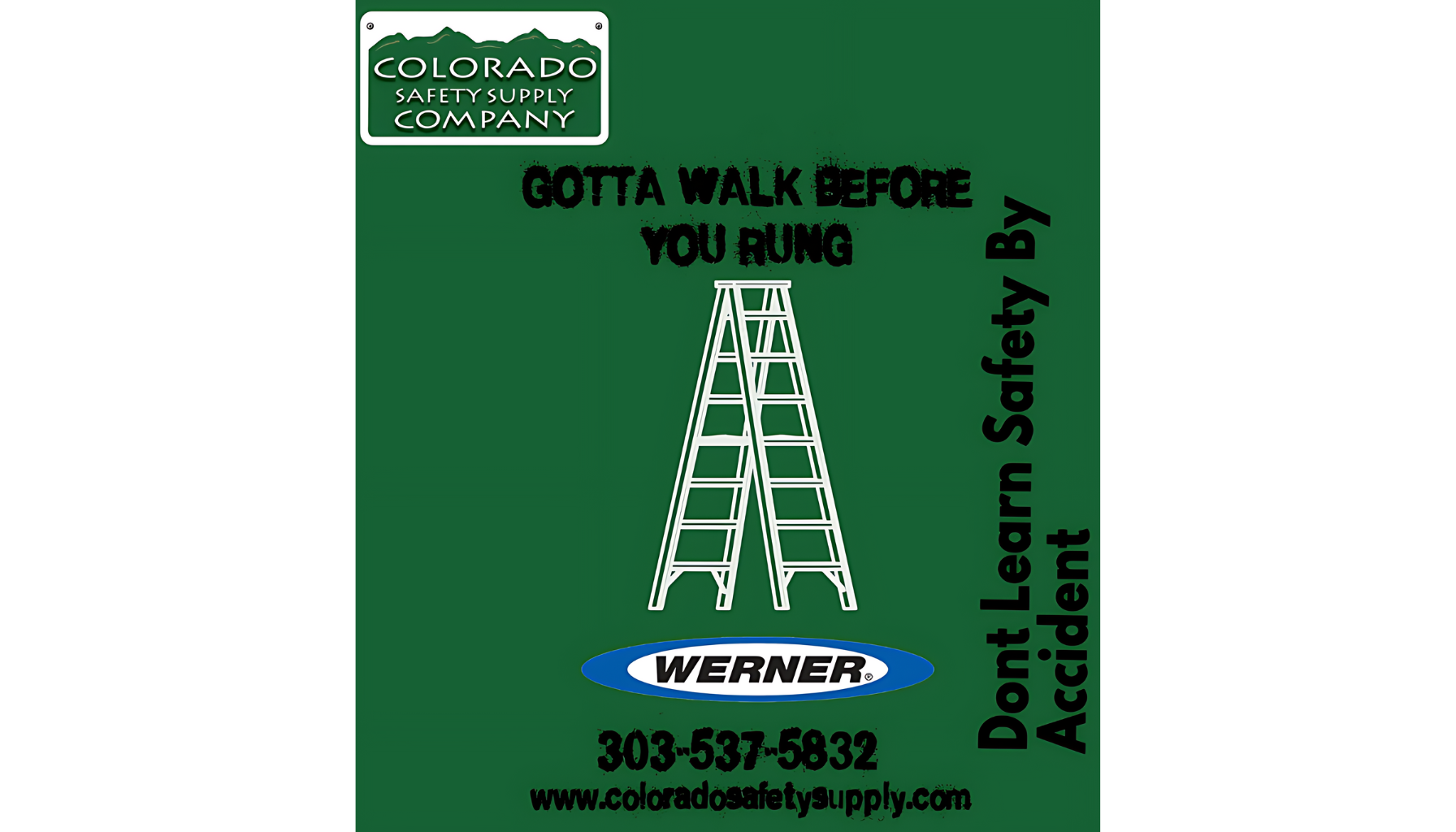When using an extension ladder to access a work platform, there are several important considerations for ensuring a legal and safe egress:
-
Applicable Regulations: Familiarize yourself with the specific regulations and standards that apply to your jurisdiction, as they may vary. In the United States, for example, the Occupational Safety and Health Administration (OSHA) sets standards for ladder safety.
-
Proper Placement: Ensure that the extension ladder is set up on a stable and level surface, following the manufacturer's instructions and any relevant safety guidelines. The ladder should be secured to prevent slippage or movement during use.
-
Height and Overreach: Use an extension ladder that is of an appropriate length for the task. It should be long enough to extend at least three feet above the work platform to provide a secure handhold during the transition.
-
Work Platform Stability: The work platform itself should be sturdy and securely attached to the structure, complying with relevant safety standards. It should be able to support the weight of the worker and any equipment or materials being used.
-
Three Points of Contact: Maintain three points of contact at all times during the egress. This means having two hands and one foot or two feet and one hand in contact with the ladder or work platform. This helps ensure stability and reduces the risk of falling.
-
Transition Techniques: There are various techniques for transitioning from an extension ladder to a work platform, such as the "three-point rule." This involves facing the ladder, maintaining a secure grip, and moving one foot at a time onto the platform while keeping at least one hand on the ladder until both feet are firmly planted on the platform.
-
Training and Competency: Workers should receive appropriate training on ladder safety, including proper egress techniques. They should understand the hazards associated with ladder use and be competent in using the equipment.
Remember that safety regulations and best practices may differ depending on your location and specific industry. It's essential to consult local regulations, industry standards, and seek guidance from qualified professionals to ensure compliance with legal requirements and prioritize safety.















